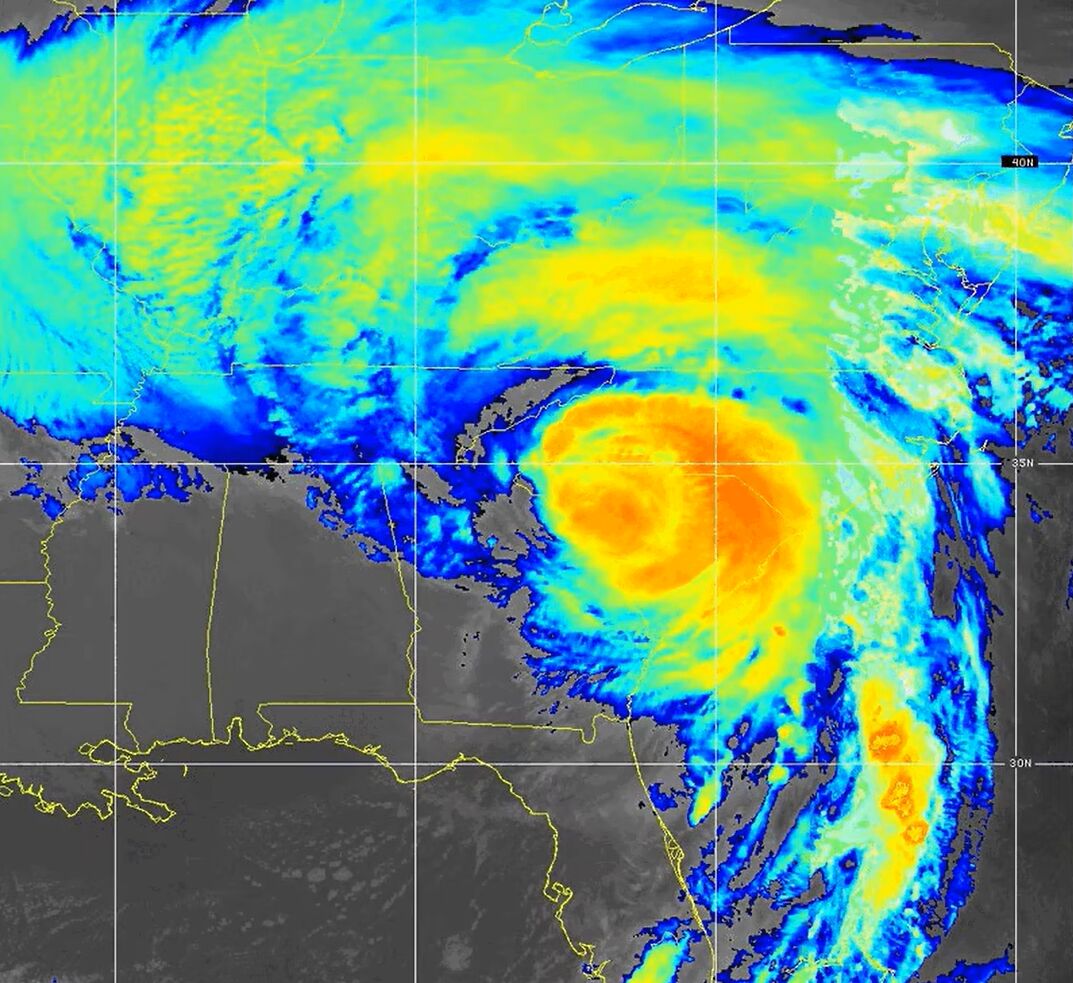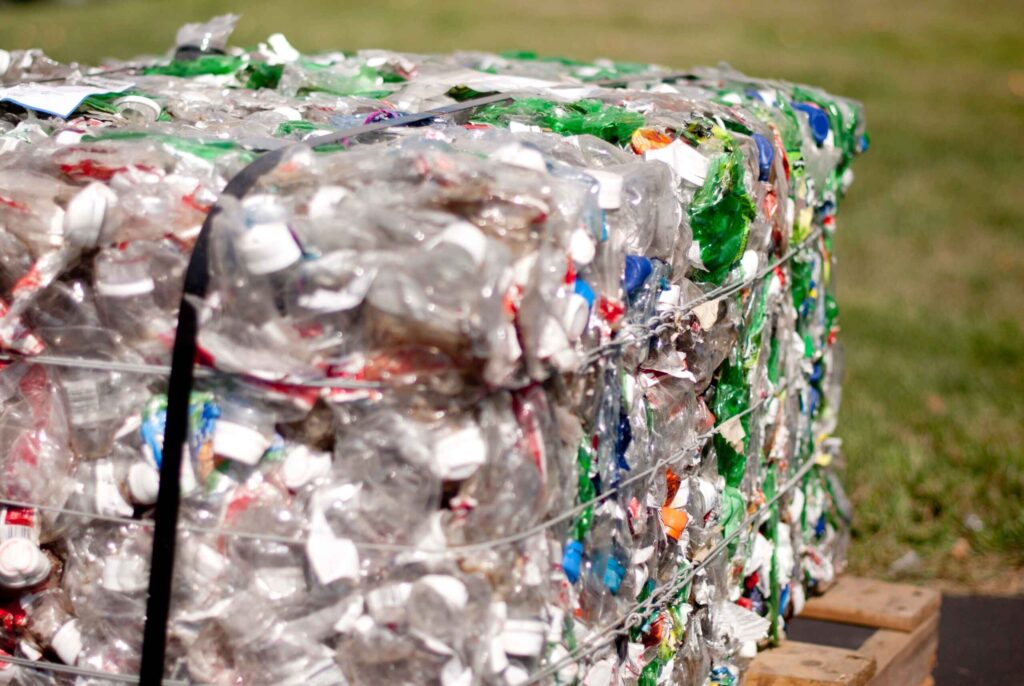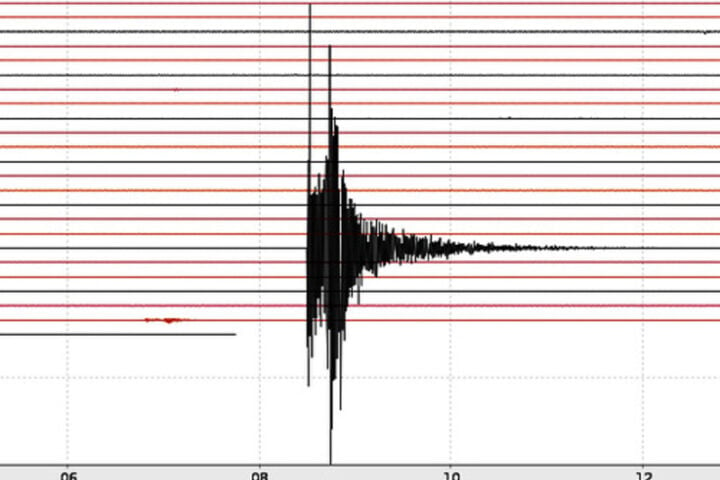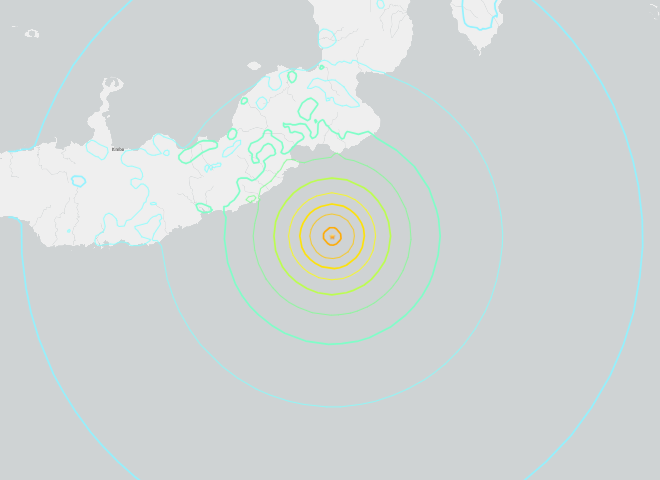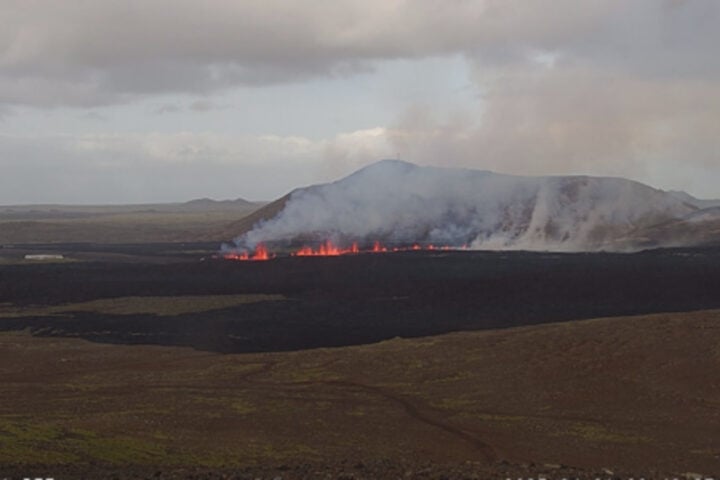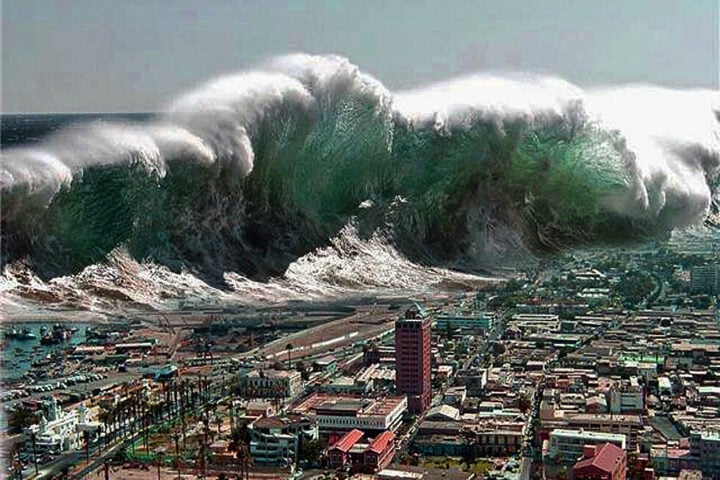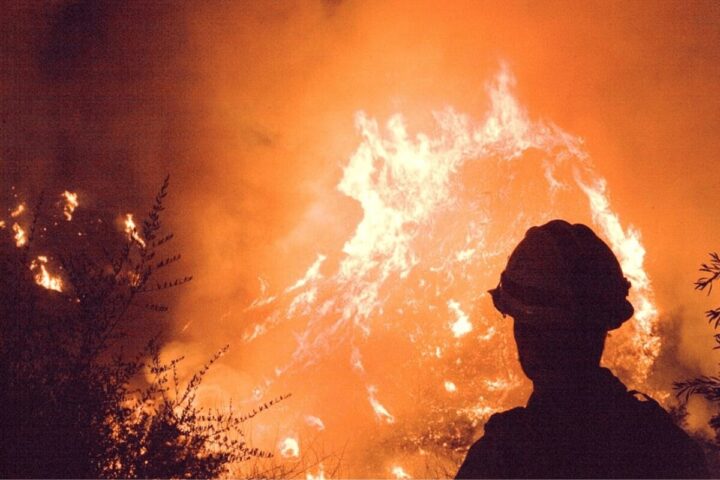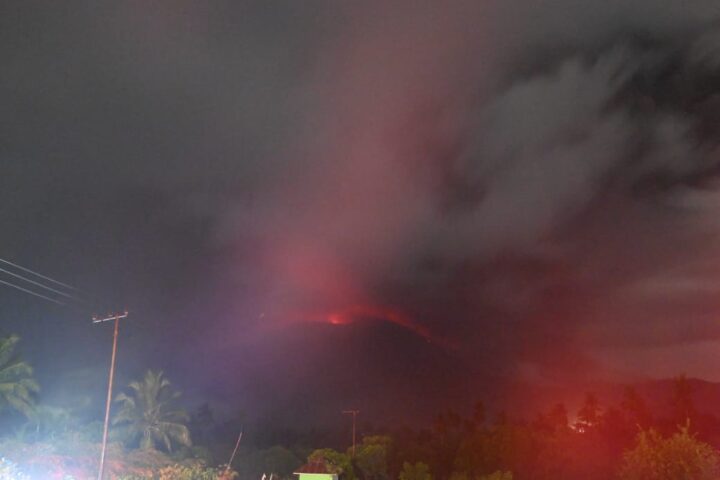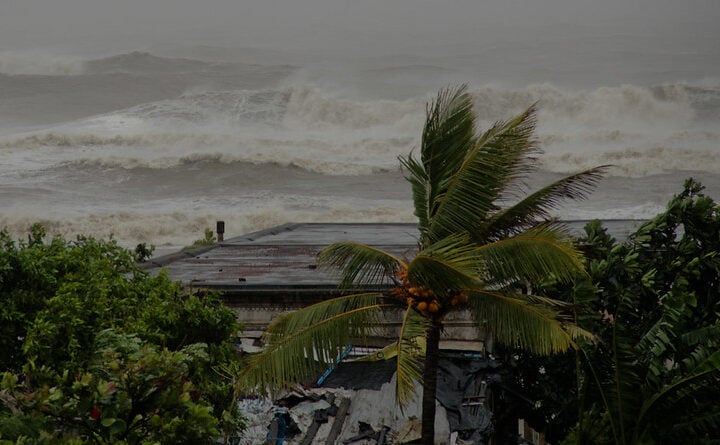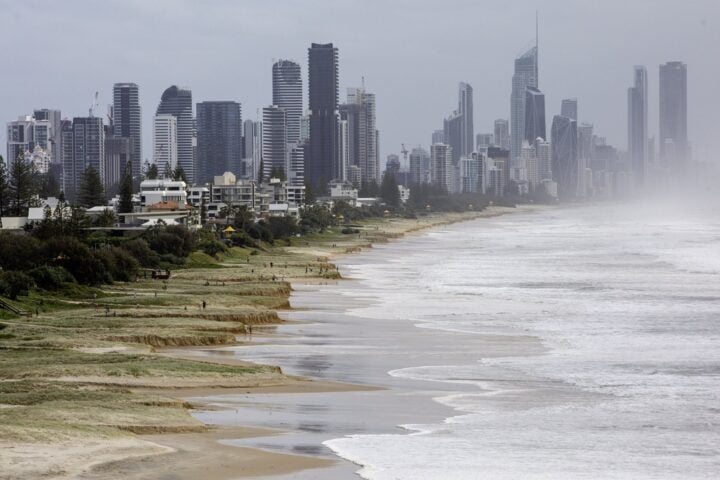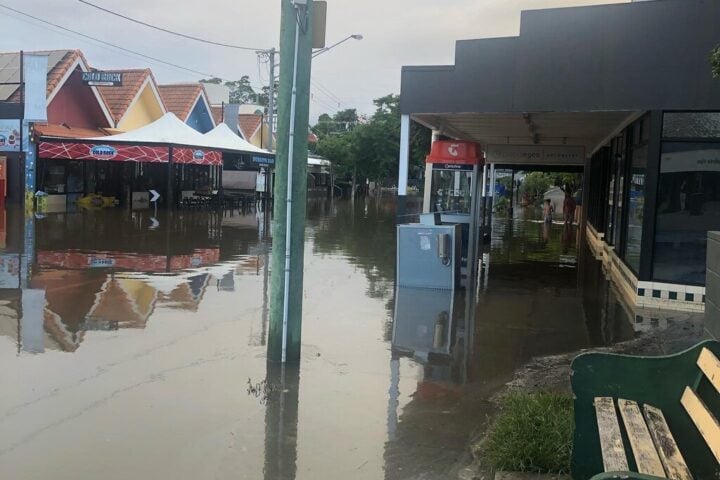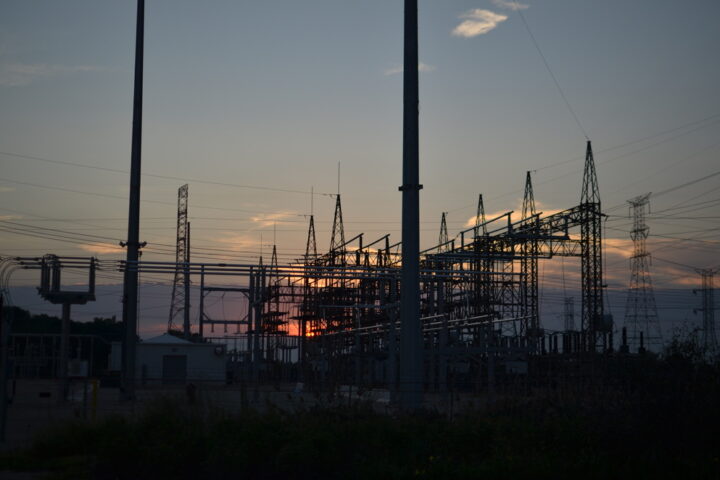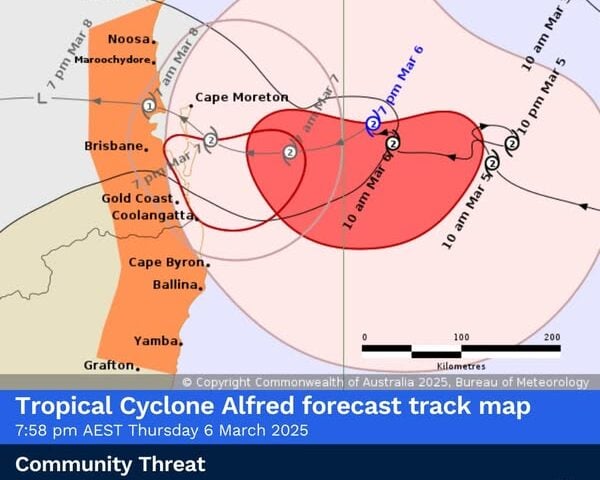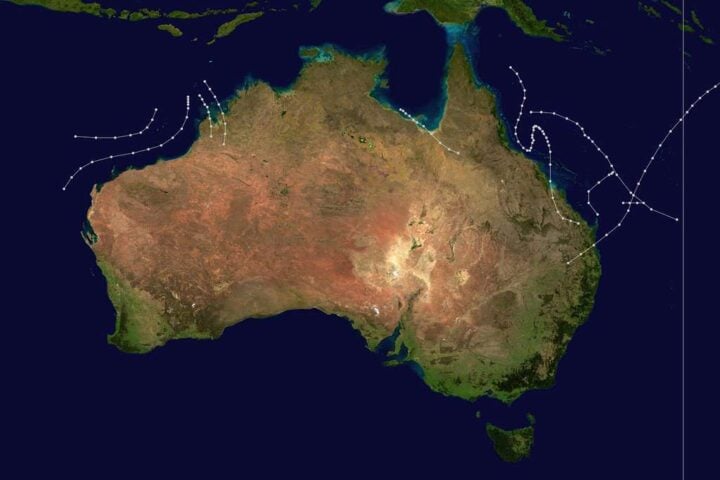Hurricane Helene, a massive Category 4 storm, made landfall in Florida’s Big Bend region on Thursday night, bringing catastrophic winds, storm surge, and flooding to the area. The hurricane’s impacts are expected to extend far beyond the coast, potentially causing widespread damage across the southeastern United States. It crossed Florida, rapidly moving into south-eastern Georgia.
Landfall and Intensity
At approximately 11:10 p.m. ET on Thursday, Hurricane Helene roared ashore near the mouth of the Aucilla River in Florida’s Big Bend area. The National Hurricane Center (NHC) reported maximum sustained winds of 140 mph (225 kph) at the time of landfall. This location is merely 20 miles (32 kilometers) northwest of where Hurricane Idalia struck last year with similar ferocity.
Widespread Impact
The storm’s effects were felt well before landfall, with tropical storm-force winds and hurricane-force gusts battering Florida’s west coast. In Siesta Key near Sarasota, water lapped over roads, while some intersections in St. Pete Beach were submerged. The hurricane’s massive size, compared to previous Gulf of Mexico storms, contributed to its far-reaching impacts. “Cut and toss operations have been underway by 61 FDOT crews since 3AM. Over 2,000 miles of roadway have been cleared, and these operations continue.” Florida Governor Ron DeSantis stated in a social media post.
Power Outages and Evacuations
As of early Friday morning, over 1.1 million homes and businesses in Florida were without power. Additionally, more than 970,000 customers in Georgia and over 1.2 Million In the Carolinas experienced outages. Mandatory evacuation orders were issued for low-lying areas along the Gulf Coast, stretching from the Panhandle south to Sarasota. “There are over a million accounts without power in the state, but over a million have already been restored thanks to resources staged ahead of the storm.” the governor added in the social media post.
Storm-Related Fatalities
Tragically, more than five storm-related deaths have been reported. One person in Florida was killed when a sign fell on their car, while two individuals in south Georgia lost their lives in a possible tornado as the storm approached. Florida Governor Ron DeSantis, in a morning press conference, requested Floridians to not touch any utility lines: “There is no reason to put yourself in any type of danger if you’re out in the yard … You’re not an expert on what is a power line, a cable line or fiber optic line.”
Ongoing Threats
As Helene moves inland, it continues to pose significant dangers. The NHC warned of ongoing “catastrophic winds” pushing into southern Georgia early Friday morning. The risk of tornadoes remains high across north and central Florida, Georgia, South Carolina, and southern North Carolina, with the threat extending to Virginia later on Friday.
Rainfall and Flooding Concerns
Heavy rainfall is a major concern, particularly in the southern Appalachians. Some areas in the North Carolina mountains have already received up to 10 inches (25 centimeters) of rain, with an additional 14 inches (36 centimeters) possible. This deluge could lead to flooding worse than anything seen in the past century, according to forecasters.
Storm Surge
The NHC forecast storm surges of up to 20 feet (6 meters) in some areas, particularly in Apalachee Bay. Officials described this scenario as potentially “catastrophic and unsurvivable,” urging residents to heed evacuation orders.
Economic Impact
While it’s too early to assess the full economic toll of Hurricane Helene, the damage to infrastructure, homes, and businesses is expected to be substantial. The storm’s impact on local economies, including tourism and agriculture, could have long-lasting effects.
Climate Change Connection
The intensity of Hurricane Helene aligns with scientific predictions about the effects of climate change on tropical cyclones. Warmer ocean temperatures provide more energy for storms, potentially leading to stronger and more destructive hurricanes.
Historical Context
Hurricane Helene’s landfall location and intensity draw comparisons to Hurricane Michael, which struck the Florida Panhandle as a Category 5 storm in 2018. Michael caused widespread devastation and approximately $25 billion in damage.
Similar Posts
Preparedness and Response
Federal authorities staged search-and-rescue teams in anticipation of the storm’s impact. State and local governments implemented various preparedness measures, including opening shelters and imposing curfews in many cities and counties in south Georgia.
“This is not something that’s easy. The conditions were still very problematic in many respects, up and down the state, yet we had our folks respond,” DeSantis said. “While many people across the country were sound asleep, you had these folks that were out there putting themselves on the line and helping their fellow Floridians.”
Looking Ahead
As Helene continues its path inland, forecasters predict it will weaken but still bring damaging winds and heavy rain to the southern Appalachian Mountains. The risk of landslides in these areas is significant.
Helene marks the eighth named storm of the 2024 Atlantic hurricane season, which the National Oceanic and Atmospheric Administration predicted would be above average due to record-warm ocean temperatures.
In conclusion, Hurricane Helene’s impact on Florida and the southeastern United States serves as a stark reminder of the destructive power of these natural phenomena. As communities begin to assess the damage and initiate recovery efforts, the long-term implications of such intense storms in the context of climate change remain a pressing concern for policymakers and residents alike.
